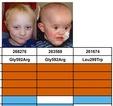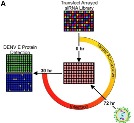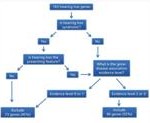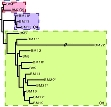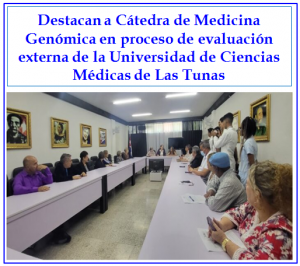 InterVar es una herramienta que busca facilitar la interpretación del significado clínico de las variantes genómicas en las enfermedades humanas, particularmente los trastornos del desarrollo de inicio temprano y penetrancia alta. Su descripción y validación aparecen en Li Q, Wang K. InterVar: Clinical Interpretation of Genetic Variants by the 2015 ACMG-AMP Guidelines. AJHG 2017; DOI: http://dx.doi.org/10.1016/j.ajhg.2017.01.004.
InterVar es una herramienta que busca facilitar la interpretación del significado clínico de las variantes genómicas en las enfermedades humanas, particularmente los trastornos del desarrollo de inicio temprano y penetrancia alta. Su descripción y validación aparecen en Li Q, Wang K. InterVar: Clinical Interpretation of Genetic Variants by the 2015 ACMG-AMP Guidelines. AJHG 2017; DOI: http://dx.doi.org/10.1016/j.ajhg.2017.01.004.
Filed under Bases de datos, Calidad, Defectos congénitos, Diagnóstico, Medicina personalizada, Polimorfismos by on . Comment. ![]()

